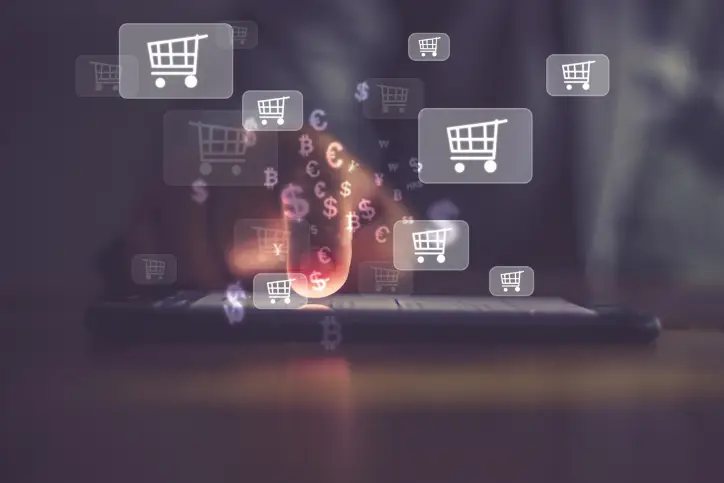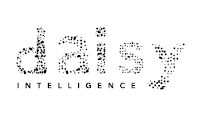
How the Golden Quarter Was Won in 2021
 Daisy Intelligence
Daisy Intelligence
When it comes to grocery retail, price promotion remains the foundation of marketing efforts, and getting it right throughout the Golden Quarter (between October and December) will make or break a retailer’s year.
Retail sales continued to rise in 2021, but under a very difficult environment. Most retailers increased pay to keep workers, continued to scramble to fill shelves, had to open up new delivery channels, and are now dealing with the surging Omicron variant. Faced with these challenges, merchants had to remain focused on competing with rival retailers – building better promotions to win customers to their stores and websites was never more crucial to a successful year than it was in 2021.
The formula for successful promotions remained simple enough, pick the right product with the right price and advertise it in the right channels. However, doing this with precision and consistency across tens of thousands of SKU’s and multiple channels made it an exponentially difficult task.
The majority of retailers that won the Golden Quarter last year had, in the majority of cases, invested in merchandising technologies that provided them with a competitive advantage that became more valuable in 2021. They were able to consistently optimize promotions throughout the Golden Quarter that delivered on customers needs, which was intensified by historically high inflation and customer reluctance to visit multiple stores in search of deals due to COVID-19.
Why an analytics-based approach is no longer sufficient
On the flip side, many grocery merchandisers’ promotional decisions relied very little on the science of retail. Instead, they followed what they had done historically, holding on to retail myths and antiquated, slow, labour-intensive analytics. An approach that is suddenly no longer up to the challenge of today’s changing and challenging retail marketplace.
To illustrate, one of the commonly held retail myths has been that to win the holiday season more holiday promotions are needed. This is simply not the case and, in the majority instances, has actually been counter productive. Consider the promotion of turkeys, a big promotional item at Thanksgiving and Christmas. Promoting turkeys undoubtedly boosts traffic to the store and sales. In fact, the shoppers who bought a turkey spent an average of 50% more than non-turkey buyers due to what is commonly referred to as the Halo Effect. The Halo Effect is simply the sales of items that are lifted as a result of the turkey promotion, items such as aluminum foil, potatoes, stuffing, cranberry sauce, gravy, pumpkin pie, etc. The crucial mistakes made is promoting and/or discounting the Halo items while they should be used to offset the margin loss of deeper discounts on the traffic driving turkey or second trip driving promotions.
The broad analytical questions that need to be answered are what are the trip driving promotional items, how many need to be supported, and in what combination? The retail science-based answer is that this number is surprisingly low, provided you have the combination of trip driving items precisely correct and the right prices to drive traffic, recoup margin and, perhaps most importantly, complimentary Halos that are not cannibalizing each other. The retailers who invested in technology to do this consistently with scientific rigor optimized profit and delighted their customers.
AI has changed the promotional game
What has come to light over the last few years, but was especially highlighted this last quarter, has been that getting promotions right with traditional analytics and decisions based on gut is not enough to be successful today. The immense effort and number of calculations required to plan the right items, associated sales, cannibalization, cadence and elasticity of 40,000+ products for every week across all the categories and channels is simply beyond human capacity, as well as beyond the capabilities of traditional analytics.
AI-powered technology has taken its place as the gold standard for retailers. Its ability to take massive amounts of data, consider millions of variables, make full promotional recommendations, all while continually learning and improving, creates a competitive advantage today and will be table stakes in the near future. Just look at the retailers who won the Golden Quarter in 2021.





